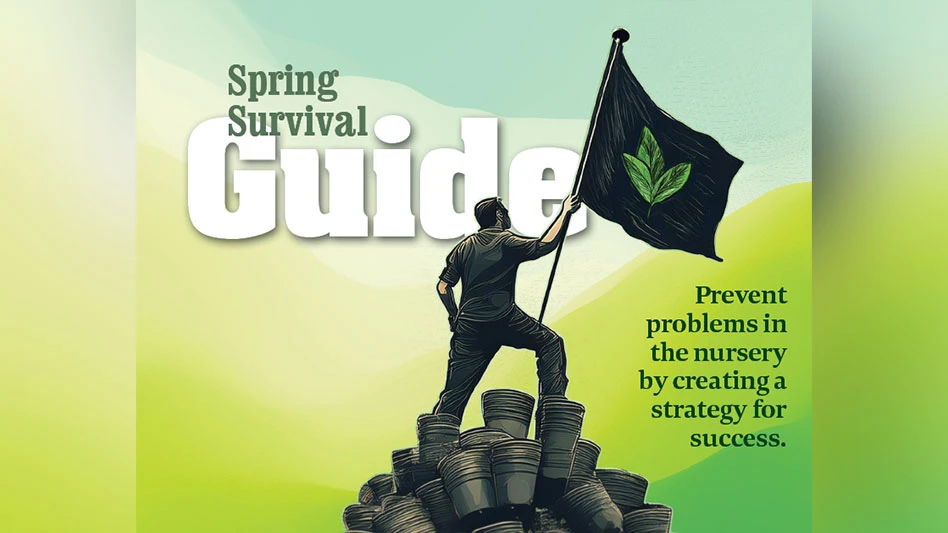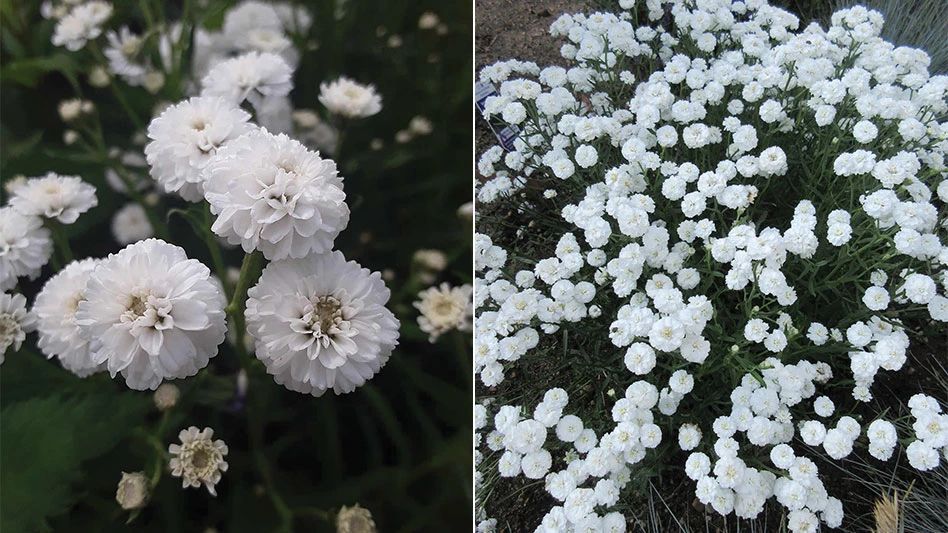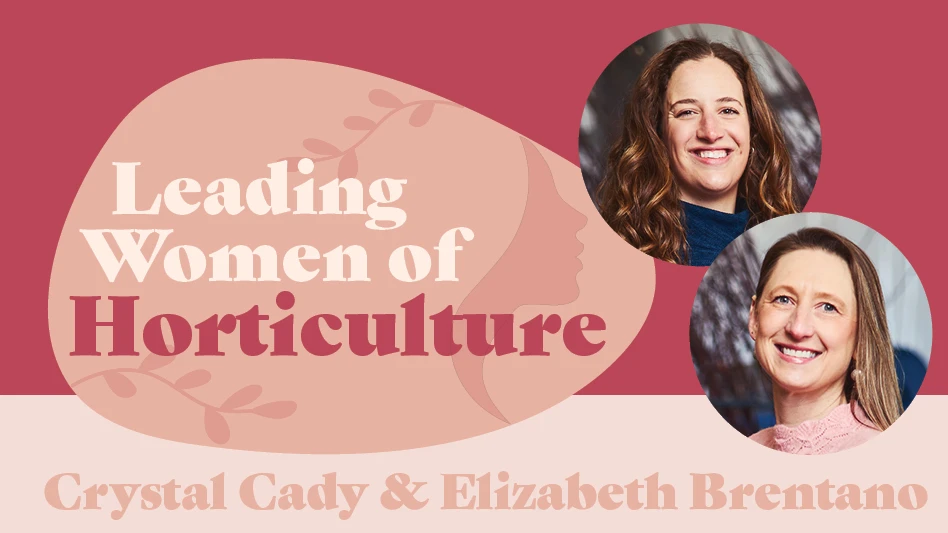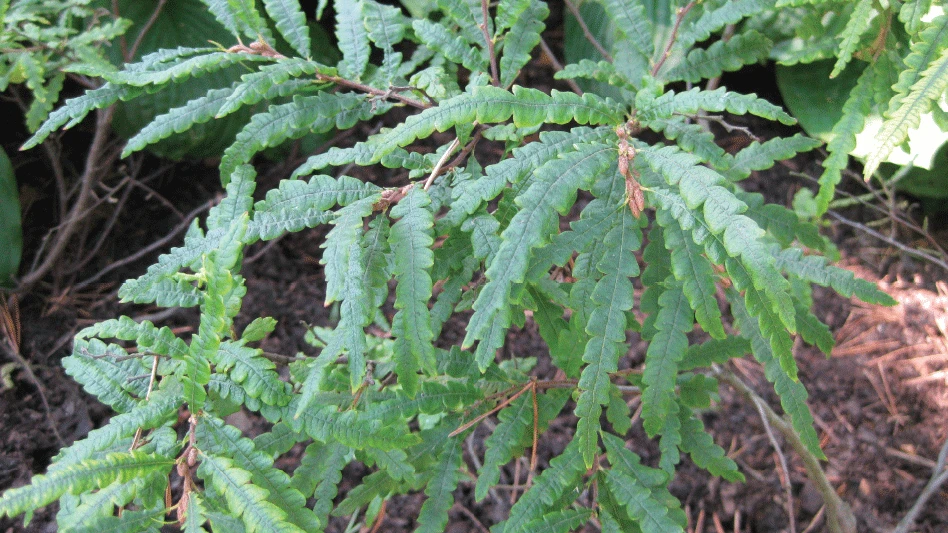
Star Roses and Plants
NM: How did you get started in horticulture?
JJ: Growing up I knew nothing about plants other than I liked them, and I liked spending time in nature with them. My curiosity led me to pursue a degree in horticulture. When I started, I couldn’t have even told you a petunia from a begonia (laughs). I’ve learned so much since then, and horticulture has really offered, for me, the perfect blend between science and creativity.
I started as an intern at Star Roses and Plants, my senior year of college at the University of Delaware. My goal initially was to learn about propagation, but as I worked in the R&D department, I found I had a natural affinity for plant breeding and continued as a full-time employee after my internship. I had other working opportunities along the way, but I’ve always felt a calling to help preserve and sustain new life. There’s nothing else I’d rather do. To work as a plant breeder for one of the best companies in the world, I feel very blessed that life has brought me here.
NM: What do you do as a plant breeder at Star Roses and Plants?
JJ: I help develop new plants for the company. I have about 20 different genera that I work on, and it spans across perennials and woodies. The crops rotate seasonally, so every season I’m working on a different genus in our greenhouses. No two days are the same (laughs), which makes it interesting. Some days I’m in the greenhouse breeding, other days I’m out in the field or in the lab. I’m always learning new things. Of course, being in horticulture, we have to keep up with trends. That’s difficult with plants because it takes such a long time to breed them, so we have to anticipate future trends.
NM: What is your favorite part of your job?
JJ: Doing the cross pollinations, emasculating and pollinating. Then coming back and collecting that seed is very exciting. Then growing that up, screening it and selecting from the project you created. I love the creative part of plant breeding, and that’s what art is, creating something that doesn’t exist yet. Plant breeding is plant art, basically. Your medium is plants, and you use your knowledge of them to create something new.

NM: Can you elaborate on the importance of plant breeding for the horticulture industry?
JJ: It’s a great way to create more sustainable plants for the end user, plants that are going to live and thrive better in the environment they live in, with less inputs — less water, less fertilizer and things like that.
NM: What is your favorite plant that you’ve bred?
JJ: My favorite plant is Caryopteris ‘Gold Crest’. It’s very underused, but it surprises me every time with just how beautiful it is. It grows into this perfect, low-mounding, gold shrub. It’s the perfect size; requires no trims. Whatever you’ve got going on in your landscape, it just makes it pop. It’s really a beautiful plant. It has gold foliage and the blue flower in the fall which is a nice surprise at the end. I have to give credit to Greg Soles who has passed. He was one of our product managers at the time. He saw the potential of this plant, and he didn’t let it go. To his credit, this was introduced.
NM: When you’re not working, what are some of your hobbies?
JJ: I have an innate desire to create beautiful things, and I’m inspired by the natural beauty of nature. I paint, draw and do ceramics. I like hiking in the White Mountains of New Hampshire. I also have an obsession with pumpkins, and there’s so many different varieties. I love them all. Naturally, I paint and carve elaborate designs on them during the fall season. The only thing I don’t like to do with pumpkins is eat them (laughs). Prior to having children, I raised chinchillas for about 10 years, but now I spend my time raising my two boys. We play a lot of Super Mario, and they like to paint pumpkins with me, too.
For more: www.starrosesandplants.com
Get curated news on YOUR industry.
Enter your email to receive our newsletters.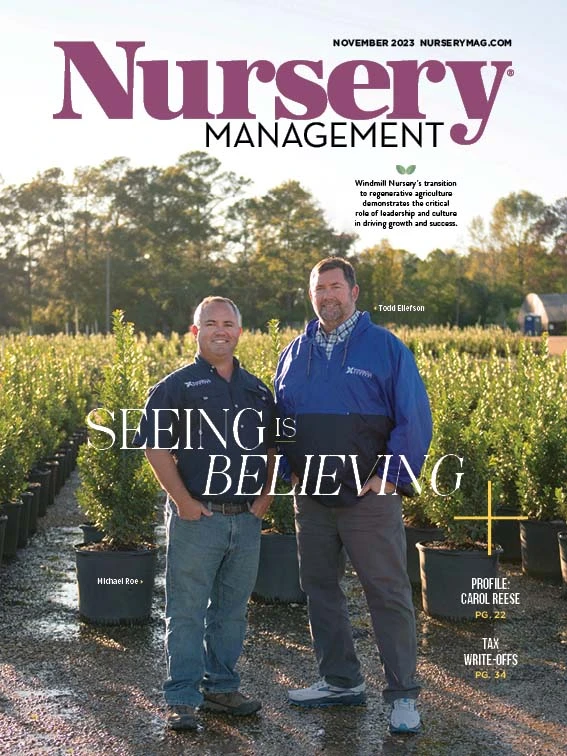
Explore the November 2023 Issue
Check out more from this issue and find your next story to read.
Latest from Nursery Management
- Dümmen Orange North America celebrating 25th anniversary in 2025
- Redesigning women
- Illinois Landscape Contractors Association changes name to Landscape Illinois
- 2025 Proven Winners Horticulture Scholarship applications now open
- ICL’s Gemini Granular herbicide now registered for use in California
- Eurazeo Planetary Boundaries Fund acquires Bioline AgroSciences
- The Leading Women of Horticulture
- Leading Women of Horticulture: Dana Massey, Plantworks Nursery

